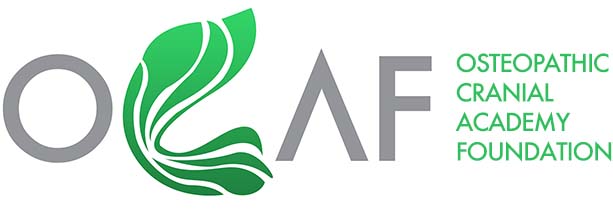Abstract
Introduction
Central to the osteopathic cranial field, and at the same time controversial, is the concept of a unique rhythmic movement believed to originate from a primary respiratory mechanism (PRM). Further, the PRM is reported to manifest as a cranial rhythmic impulse (CRI) on the living human skull. This study explores the rhythmic oscillations of the human head measured directly as physical movements. The aim is to investigate the existence of a third rhythm distinct from the head movements caused by respiratory breathing and arterial pulsing, in an objective and purely experimental study.
Experimental
In 50 healthy individuals, rhythmic oscillations of the head were measured in real-time for 42 min in a supine resting state without any intervention. A newly developed machine for tracking rhythmic movements was used for measurements.
Results
In all individuals, a third rhythm was distinguished as separate from the arterial and respiratory rhythm at all times. The third rhythm was observed as a dynamic physiological phenomenon with a narrow range in resting healthy individuals with a mean of 6.16 cycles/minute (4.25–7.07). The significant contribution to the amplitude of the measured movements was the respiratory breathing and this third rhythm, whereas the contribution from the arterial pulsing were minor.
Conclusion
The present study demonstrates the existence, and normative range of a third physical rhythm detected on the human head. Having developed an objective approach to studying this third rhythm might form the future basis for clinical and physiological studies of craniosacral function and dysfunction.

